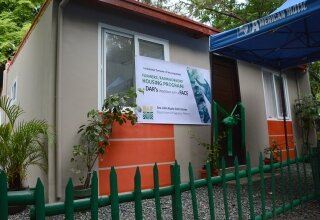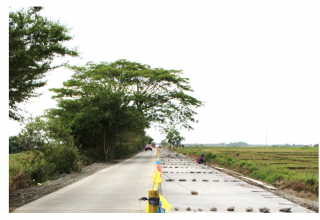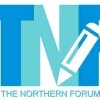
In this world where millennials are seen as “lazy, narcissistic, and gadget-centered” beings, who would have thought that young Cagayanos would also be in the forefront of revitalizing the province’s local languages?
A group in Cagayan has been emerging as an advocate of preserving and enriching local culture, heritage, and language. The Cagayan Heritage Conservation Society (CHCS) encourages research aimed at communicating the richness of Ibanag and Itawes, the two “original Cagayan languages.”
“The best way to conserve our language is to teach and encourage our millenials how to do critical linguistic research. Through research, we are able for formulate new knowledge,” said Prince Wilson Macarubbo, a member of the society.
Macarubbo, a young historian, said that perseverance and closeness to community should be needed to pursue linguistic studies in Cagayan. However, he recognized the possible hardship of conducting further research because of the lack of written texts detailing the two languages.
National Commission for the Culture and the Arts (NCCA) scholar Eloisa Mangulad-Mabborang said there are only 500,000 Ibanag speakers worldwide. She added that around two out of 10 school children today can speak the language.
Mangulad-Mabborang believes that pupils have been accustomed more to Filipino and English because these are the primary modes of instruction in school. Although DepEd’s Tongue-Based Multilingual Education seeks to address this problem, the reality is teachers still use Filipino in teaching the mother-tongue subject, she said.
Like Macarubbo, she also noted the scarcity of written documents about these local languages which are mostly oral traditions. She and some 19 other Cagayano NCCA scholars struggle in gathering information through interviews on local elders.
Scarce literature, language barrier, and difficulties during immersion are also the same problems encountered by Prof. Learane Ampaguey and Prof. Elizabeth Calinawagan of University of the Philippines Baguio during the conduct of their research on various ethnolinguistic groups in Cordillera.
Presenting their case study, “A Comparative Analysis of Feast-related Lexicons and Grammar of the Benguet-Baguio Langauges (Ibaloy, Iowak, Karao, Kalanguya, and Kankanaey),” before fellows of the 22nd Lopez Jaena Community Journalism Workshop in UP Baguio, Ampaguey noted the need for young research assistants who speak the language and are close to their ethnolinguistic group.
Research on local language, Ampaguey said, would help transmit cultural heritage to younger speakers and will give confidence to local speakers on how to perceive their languages.
Although there are a lot of difficulties in conducting linguistic research, the loss of hope never came to minds of the Society.
“The local language of Cagayan may be flourishing in the margins but we never lose hope that it will once again reclaim its rightful place. Its learning is not based solely on books but it starts in a community and family interaction,” Macarubbo said.
Despite being merely a month old, Cagayan Heritage Conservation Society has already initiated efforts to revitalize the local languages; this apart from their two successful heritage walks and other activities.
Kevin Domingo Baclig, also a member of the society, said an Ybanag poetry reading program at the Lyceum of Aparri will be held soon.
“I am in touch with some linguists and the New York-based Ybanag poet Ms. Grace Balsideri for this. We also plan some speaking and writing competitions using the local languages, but those are for some other time,” Baclig said.
Baclig also shared some local experts and other people who exert efforts in enriching Ibanag and Itawes languages. They are composer Fr. Ferdinand Maguigad of Tuao, veteran journalist Benjie De Yro, and Edru Abraham of UP Kontra GaPi.
For Baclig, these experts especially Baldiseri are his role models in this endeavor. “When I first got in touch with Ms. Baldiseri, I was really impressed…Though she was fluent in Ibanag, she chose above all to honor her mother language, Ybanag,” he said.
“One time I had a lengthy chat with one of them, and she revealed that it was to her relief and much excitement that a new generation of heritage conservators and enthusiasts are here to pick up from where they have left in the past,” Baclig shared.
“The most important thing is we create and spread awareness so that the succession of young enthusiasts from each new generation of Cagayanos will not be cut,” he added.
Domingo and Baclig, both in their mid-20s, are poised to succeed elder local experts in the preservation of Cagayanos’ languages later on. Inspired by their elders, this group of young researchers and enthusiasts believes that they are conserving local languages for the future amid all the challenges they face in this “millennial-infested” world. #















